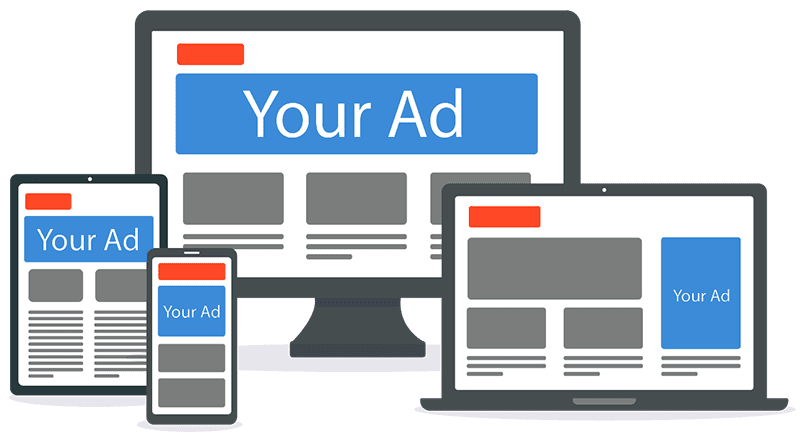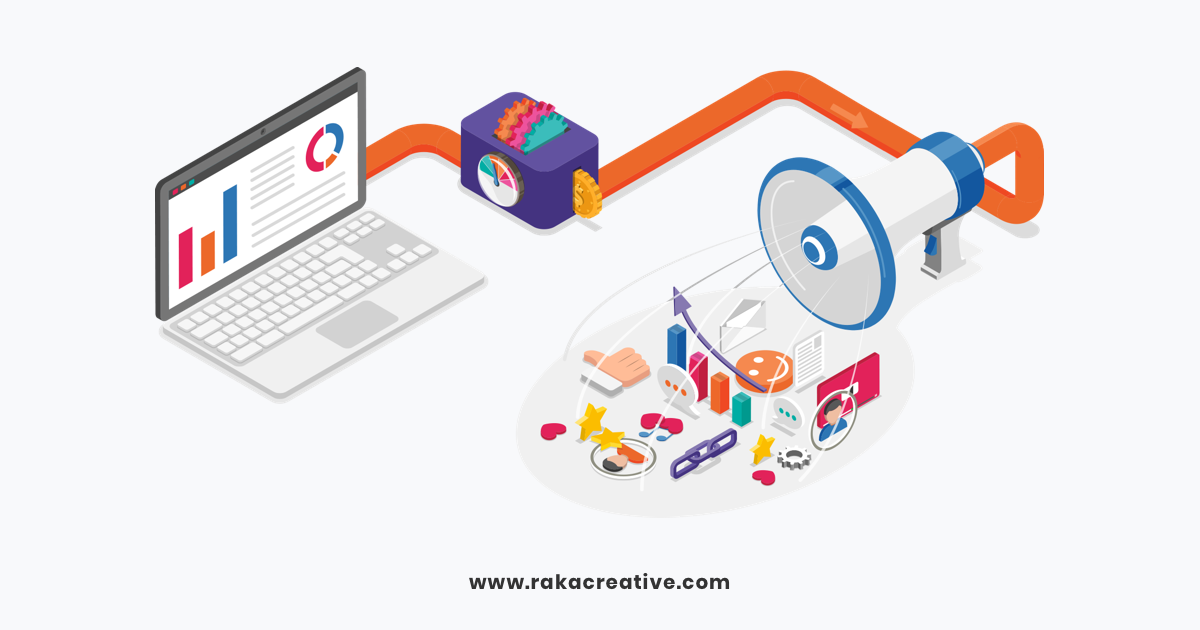Have you ever come across a banner ad for a product you were just searching for on Google? Examples of such products include shoes, airfares, and new skincare items. There’s no coincidence there. It’s the power of programmatic bidding and display advertising collaborating in the background. By employing automation and artificial intelligence (AI) to show the appropriate advertisement to the right person at the right moment, these tools are revolutionizing the way businesses interact with consumers online.
I’ll describe programmatic advertising, how display ads operate, and how artificial intelligence has made digital ads more effective than before in this essay.

What Are Display Ads?
Display advertising are visual advertisements that appear on YouTube, apps, and websites. They are typically sidebars or banners. Display advertising are displayed according to audience behavior and interests, as opposed to search ads, which show up on Google when a user puts in a query.
You’ve probably seen display ads when you’re reading an article, watching a video, or scrolling through a blog. They can include:
- Static images
- GIFs or animations
- Responsive ads (that adjust to fit different devices)
- Interactive media like product carousels
What Is Programmatic Advertising?
AI-powered programmatic advertising is the automated purchase and sale of digital advertisements. Programmatic platforms employ algorithms to put your ads in real time, on websites that your target audience is actually visiting, rather than letting you choose where they appear by hand.
This process uses:
- DSPs (Demand-Side Platforms) – where advertisers buy ad space
- SSPs (Supply-Side Platforms) – where publishers sell ad space
- Ad exchanges – where the actual transactions happen

Real-Time Bidding (RTB) is the mechanism by which everything operates. In milliseconds, a mini-auction is held each time a page loads, and the winning advertisement is displayed.
Why Use Programmatic Ads?
There are a few major advantages of going programmatic:
1.) Smarter Targeting
AI can analyze huge amounts of data to target ads based on:
- Location
- Browsing behavior
- Device type
- Time of day
- Demographics and interests
As a result, only those who are most likely to be interested see your advertisement rather than everyone else.
2.) Real-Time Optimization
Platforms that use programming are always learning and adapting. The technology has the ability to automatically lower the bid or move the budget to better-performing placements if an ad isn’t doing well.
3.) Greater Reach
Reaching users across thousands of websites and apps is possible with programmatic advertising, which eliminates the need for human ad placement management.
Types of Targeting in Display Ads
The range of targeting choices available in display advertising is one of its best features for reaching the appropriate audience:
- Contextual targeting: Advertisements are displayed according to the webpage’s content (e.g., posting an advertisement for yoga mats on a fitness blog).
- Behavioral targeting: Advertisements are displayed according to a user’s previous actions, such as websites they have visited or items they have looked at.
- Retargeting is very useful for abandoned carts since it displays your adverts to visitors who have already been to your website but did not complete a purchase.
- Demographic targeting: Based on age, gender, household income, etc.
Challenges of Programmatic Advertising
Display and programmatic advertisements have several drawbacks, just like anything else in marketing:
Ad Fraud
Fake clicks or bot traffic can waste your budget.
Brand Safety
Without careful settings, your ad could appear on sites you don’t want to be associated with.
Banner Blindness
Many users ignore banner ads, especially if they’re not relevant or eye-catching.
Advertisers could invest in attention-grabbing, high-quality creative, implement exclusions for specific categories or websites, and use ad verification tools to address these issues.
Best Practices for Display Success
- Use eye-catching visuals and clear branding
- Include a strong call-to-action (CTA) like “Shop Now” or “Learn More”
- Test different designs and headlines (A/B testing)
- Optimize for mobile devices
- Track clicks, impressions, and conversions using Google Ads or analytics tools
The more data you collect, the smarter your campaigns get over time.
Final Thoughts
Programmatic bidding and display advertising work together to boost conversions, retarget visitors, and raise brand recognition. It helps marketers contact the right people as efficiently as possible by using data and automation. Additionally, these technologies will only become more intelligent as AI develops, making advertising more successful, more individualized, and more approachable, even for beginners.
Leave a Reply